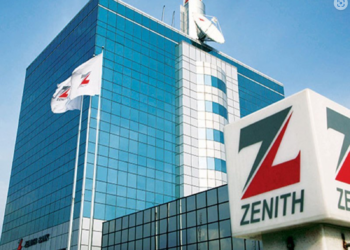Global inflation pressures remain uneven, but a handful of countries continue to battle extraordinarily high price growth driven by currency weakness, fiscal strain, and structural economic fragilities.
From Africa to South America, inflation is eroding purchasing power and testing policy responses, with several economies still recording double and even triple-digit rates in 2025.
Venezuela, in South America, would have ranked first with an inflation rate of 172%, but the latest available data only covers April 2025, hence its exclusion from the list.
While many advanced economies have seen inflation moderate, some developing nations remain trapped in cycles of high prices, unstable currencies, and fragile supply chains.
The Nairametrics Research Team’s review of the latest available data, mostly from the countries’ statistical offices, shows that countries like Venezuela, South Sudan, and Sudan lead the world with inflation rates above 80%, underscoring persistent macroeconomic imbalances and governance challenges.
Below are countries with the highest inflation rates in the world.
Angola’s annual inflation rate stood at 18.2% in September 2025, reflecting a steady moderation from the elevated levels recorded in 2024. According to data from the National Institute of Statistics (INE) and the Bank of Angola, this decline marks progress in the country’s disinflation drive, supported by tighter monetary policy and relative exchange rate stability.
The kwanza’s (AOA) improved stability since late 2024 has also slowed imported inflation, particularly in food and fuel categories that previously drove price spikes. However, structural vulnerabilities, such as heavy dependence on imports, limited domestic production, and exposure to oil-price fluctuations, continue to exert underlying pressure on prices.
To consolidate progress, Angola may need to sustain prudent monetary management, strengthen fiscal transparency, and invest in domestic production to reduce import dependence. Continued reforms that build investor confidence and improve agricultural productivity could help cushion the economy from external shocks and sustain price stability in the medium term.





















